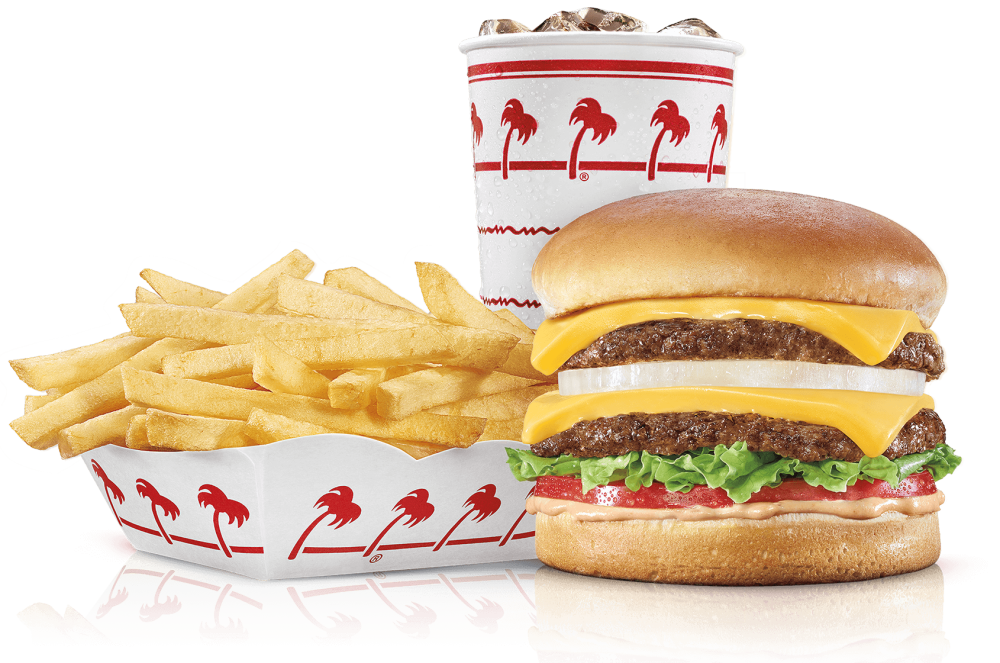In-N-Out Burger is a brand that is loved, and a brand loved regionally. The late Anthony Bourdain said that whenever he posted an image of an In-N-Out burger on Instagram, it inspired a far more enthusiastic response than any of the images of exquisite plates at Michelin-star restaurants. What is behind this “In-N-Out” effect? Why do certain brands inspire such a strong, devoted affinity? And can it be duplicated?
Quality and culture
KISS (keep it simple, stupid) is a design principle that emerged from the U.S. Navy. But apparently, it also applies to burgers. Simplicity helps. McDonald’s and Burger King serve over 80 different items, but In-N-Out serves fewer than 15. In-N-Out focuses its activities on a few things, and it does those things exceptionally well.
Lynsi Snyder, the billionaire president of In-N-Out, describes her company’s approach as “picky and strategic.” In recent years, the company has expanded into new states. However, that growth is also being contained. Shake Shack has successfully headed out west, but In-N-Out may never make its way out east.
Snyder told Forbes that regional limitation enhances the brand’s identity.
“I don’t see us stretched across the whole U.S. I don’t see us in every state. Take Texas—draw a line up and just stick to the left,” she said. “I like that we’re sought after when someone’s coming into town. I like that we’re unique. That we’re not on every corner. You put us in every state and it takes away some of its luster.”
The brand’s lore is further enhanced by the existence of a so-called “secret menu” and the Biblical verses hidden on company packaging.
Haters gonna hate?
Typically, when a segment of the population loves something or someone intensely, there is a polarized segment of people hating that thing with similar intensity. Both segments could be attempting to forge a social identity, defining themselves in relation to cultural touchpoints. Or it could just be the bandwagon effect.
However, when a business is well-hyped, it also creates an expectation. A consumer with a regular baseline expectation might try In-N-Out and be impressed. But if they go into it with the hope that a mere hamburger will transform their culinary perspective, they are setting themselves up for disappointment.
There is also a dark side to extreme popularity.
The psychology of long lines
The popularity of In-N-Out leads to considerable waiting times. Companies in other industries can simply increase inventory to meet demand. The products sit in a fulfillment center. Once a digital marketing campaign does its job, that inventory starts to move. But restaurants have to contend with perishable supplies, peak times, and consumers expecting made-to-order, hot, fresh food.
In-N-Out’s strategies for maintaining quality are even advertised. In-N-Out billboard ads proclaim: “No Microwaves, No Freezers, No Heat Lamps.” When this process of quality assurance is coupled with extreme brand popularity, an epic wait time is created. It’s unavoidable. These variables are intertwined. If you reduce quality, you reduce brand popularity. Wait times go down, but so do sales.
Perhaps robotics could expedite that process one day, but even billionaire tech enthusiast Elon Musk has conceded that excessive automation can be a mistake. “Humans are underrated,” he wrote in a tweet.
Long lines can inspire feelings of irritation and impatience, which sometimes transfer onto a brand. This is compounded by the fact that people perceive time inaccurately. Unoccupied time typically feels longer than occupied time.
Consumers tend to become less frustrated with wait times if they can see that progress is happening and if they feel like they are receiving a personalized service. Subway’s “sandwich artist” concept plays into that.
In some instances, long lines actually attract consumer curiosity. Case in point, Uncle Tetsu’s. When the Japanese cheesecake company opened its first location outside Asia, in Toronto, Canada, there were long lines that stretched for blocks. One observer even live-tweeted the length of the line so that consumers could plan their trips accordingly.
Online reviews indicate that consumers think the fluffy cheesecake is “worth the wait.” Some view the long line as an endurance test and proof that quality isn’t being compromised. But there’s also a more cynical interpretation. The company is creating artificial scarcity to drive up hype and prices, when in reality they could easily expand production or open up more locations.







